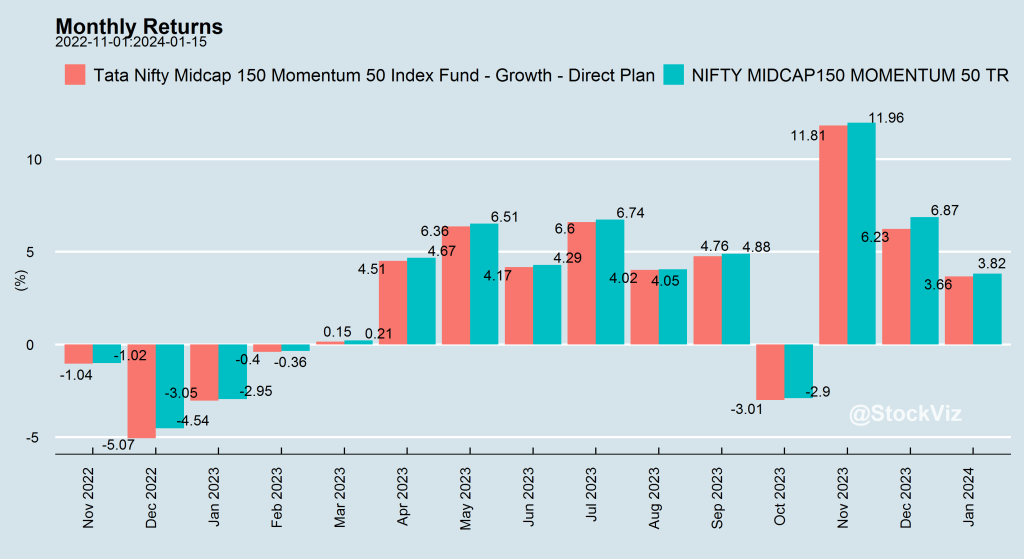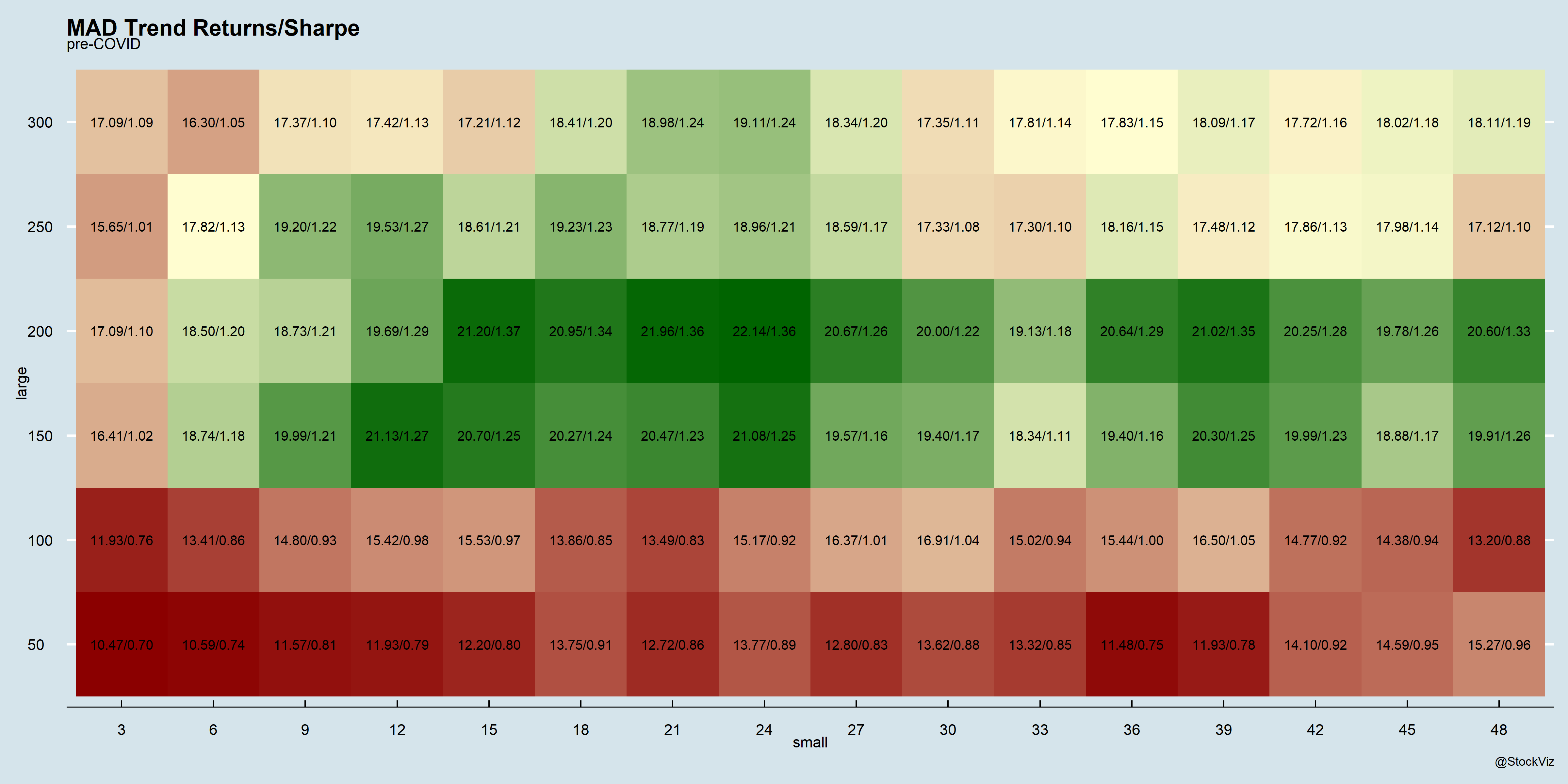Our previous post used AMFI’s classification of stocks by market-cap to analyze liquidity dynamics. What if we broke down the universe of stocks into their market-cap deciles and then applied the same illiquidity metric to them?

If you look at the full sample, median liquidity tracks market-cap.
Mid/small caps have an embedded illiquidity premium. While index/mutual funds are obligated to honor their NAVs on redemption, there is no guarantee that direct equity investors can exit without taking a direct hit. Liquidity flees during market stress.
During bull markets, the taps are open. December 2017 was the absolute zenith of the mid/small cap mania. Liquidity was ample.

A month later, the hangover began. Erstwhile small-cap momentum stocks would hit their lower-circuits within a few seconds of the open. The market-clearing price for some of them were a cool 40%-50% away from where they finished 2017. It was weeks of watching the portfolio slowly bleed away.

All this to say, understanding liquidity dynamics is as important as understanding the fundamental and technical aspects of the stocks you own.
















